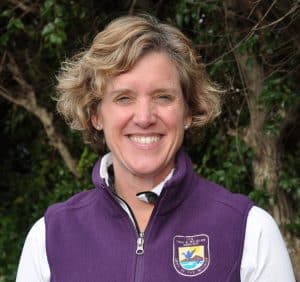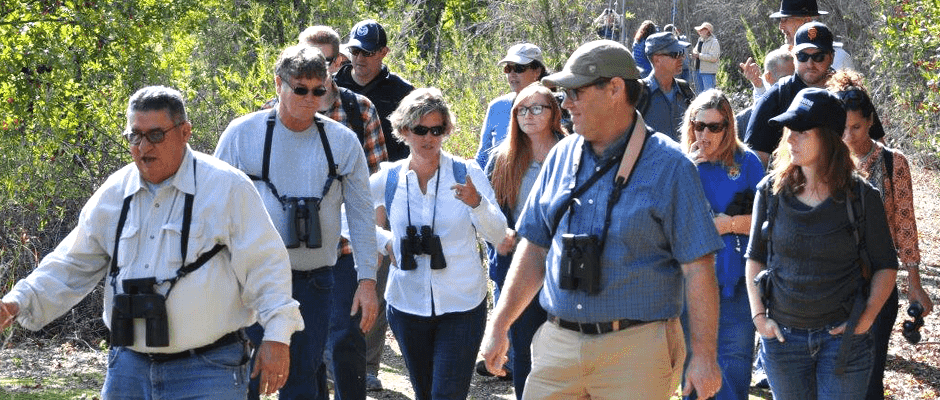Share this article
TWS salutes women in wildlife biology careers
The National Women’s History Project, founded in 1980, is a nonprofit educational organization committed to recognizing and celebrating the diverse and significant historical accomplishments. Each March, the group highlights the accomplishments of women in all professions. This year’s theme is “Honoring Trailblazing Women in Labor and Business.”
In cooperation with the U.S. Fish and Wildlife Service, TWS is pleased to highlight the contributions of women in wildlife conservation and management in the agency’s Women in Science series.

Jennifer Norris, PhD, is the field supervisor of the Sacramento Fish and Wildlife Office. ©Veronica Davison, USFWS
Jennifer Norris is the field supervisor of the U.S. Fish and Wildlife Service’s Sacramento Fish and Wildlife Office (SFWO). Over the past three years, she has overseen the implementation of the Endangered Species Act for over 100 listed species, across north-central California — from Shasta to Bakersfield and the Sierras to the Coast for the Service’s largest field office. Like many of her peers, she developed an appreciation for wildlife biology early in her life, but her passion for the work and commitment to making a difference has never waned. Norris is what some might call an approachable savant — distinguished in her field, but open to other opinions, new approaches, and collaboration. Even though she’s where the buck stops in SFWO, she has embraced a 360° leadership style that enables staff growth, development, and leadership at all levels.
- Why did you become a biologist?
When I was 12, I attended an environmental education camp in upstate New York. I knew nothing about the outdoors or nature. But over the course of that week, I learned about the interconnectedness of ecosystems, the beauty of rivers and mountains, and the value of taking care of our planet. That experience changed my life forever and made me want to be a biologist.
- What aspect of wildlife biology are you most passionate about?
I am most passionate about the relationships between species and their habitats. I like understanding how things like birds and plants experience their environment and use it to live their lives. I love seeing the parallels between the way animals build houses and humans make their homes.
- What do you find most challenging about your work?
Not everyone prioritizes environmental protection in the way that I do, but I work hard to respect other views. I am always gratified when people with a different perspective can find common ground to work together. This is my greatest challenge and our best opportunity for success.
- What three tips would you give someone in becoming a wildlife biologist?
Be a good scientist first. Know as much as you can about ecology, biology, and environmental chemistry as you can. Commit to being a good listener, especially when you disagree with others. Often you will hear something that will help you move forward. Treat everyone with respect. Environmental problems are human problems. We can’t afford to leave anyone out of the conversation.
- What are you most hopeful about as it relates to conservation?
I believe that at our core we are wired to love the land and other creatures. I think it’s in our DNA. Whenever I see someone appreciate a beautiful landscape or an amazing critter, I have hope.
The U.S. Fish and Wildlife Service is a strategic partner of TWS.
Header Image: Jennifer Norris (center) with staff on a site visit to Stone Lakes National Wildlife Refuge. ©Veronica Davison, USFWS








